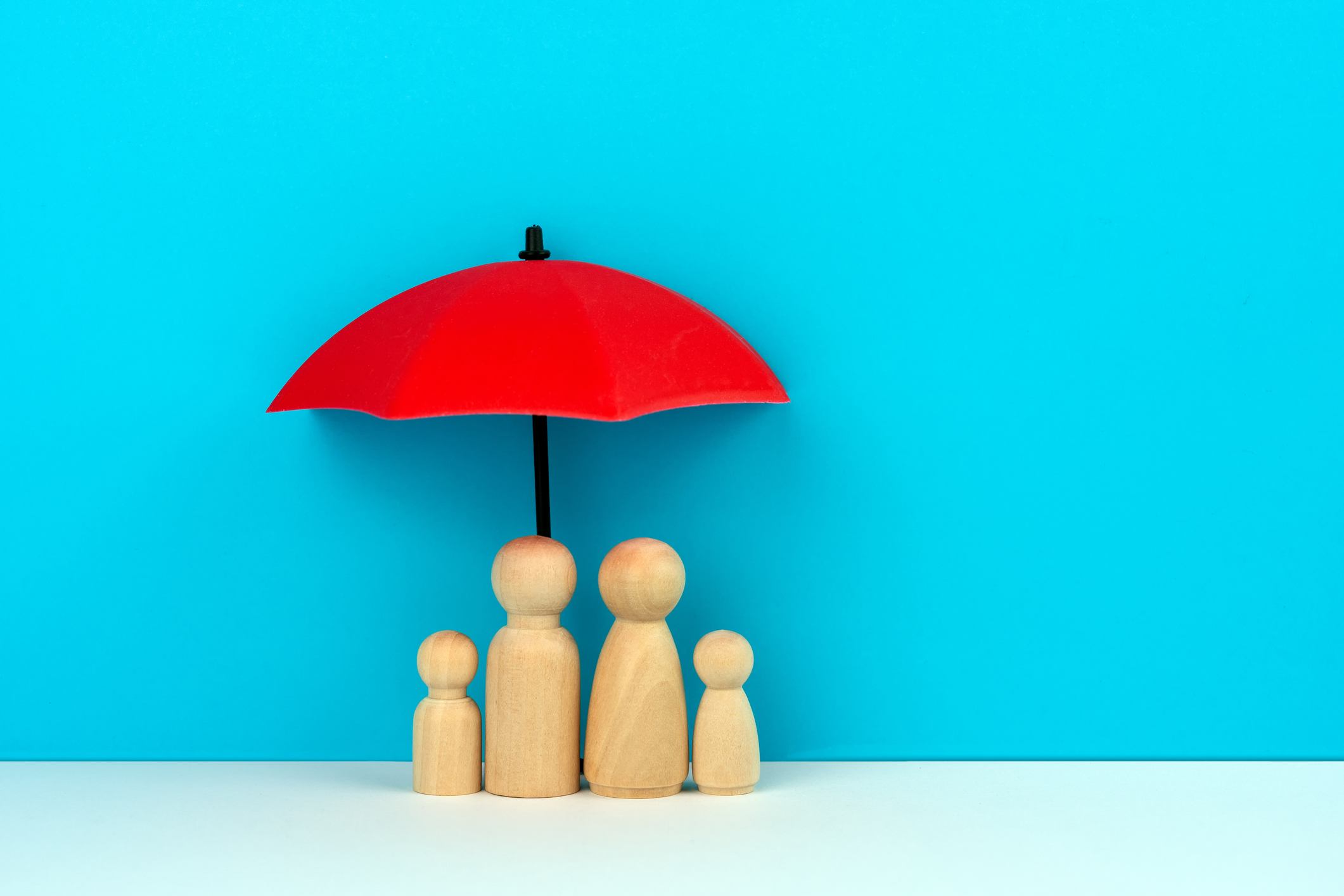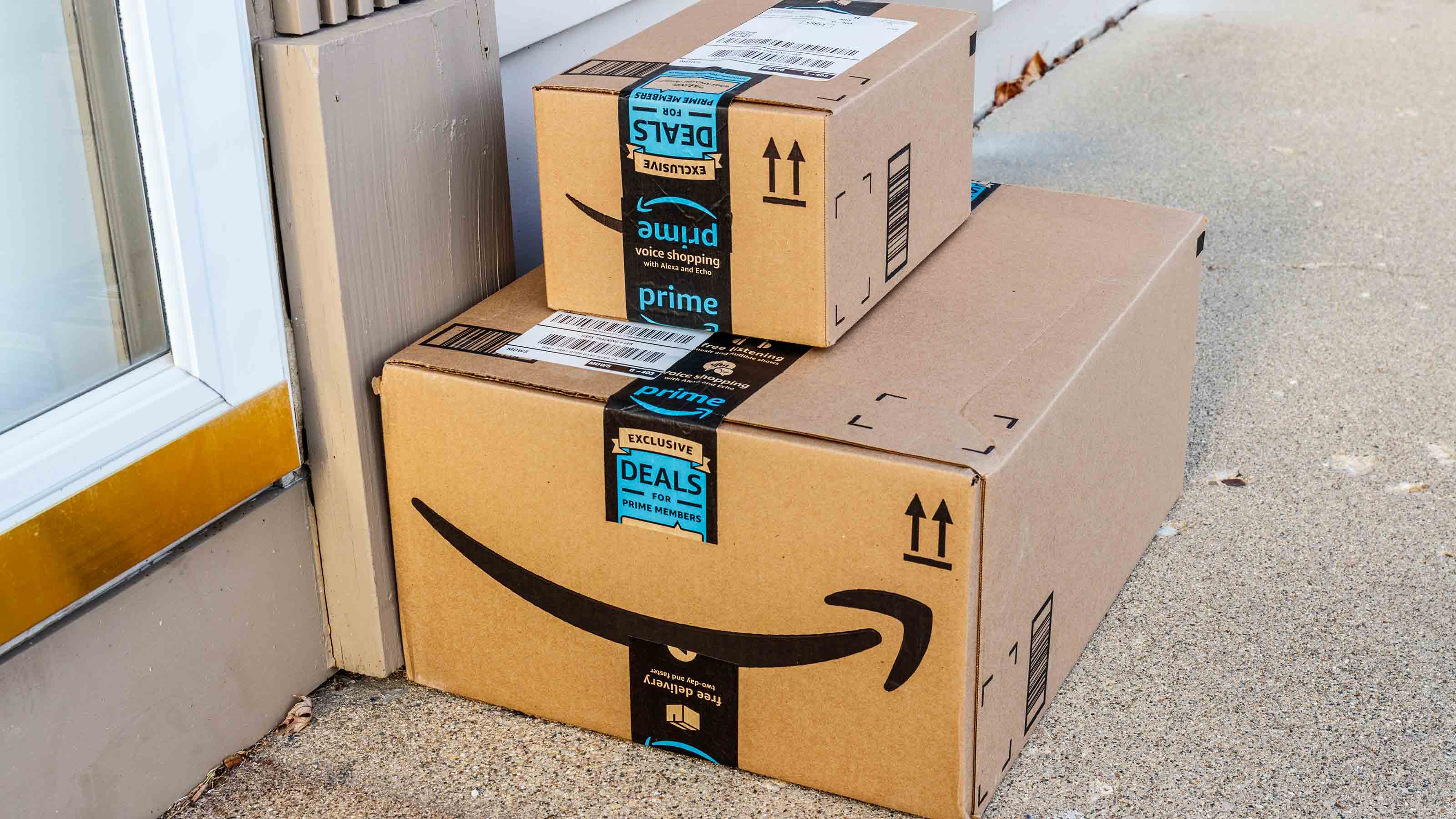A Second Round of PPP Loans is Coming (With Some Improvements)
PPP loans are getting a second life. There will be some helpful changes, like tax deductions for expenses paid with forgiven loan proceeds.


Congress recently passed a $900 billion COVID-19 relief bill that pumps billions of dollars back into the popular Paycheck Protection Program (PPP) that ended in early August. Under the PPP, small businesses can borrow money from private lenders without collateral, personal guarantees or fees. The loans don't have to be repaid to the extent they're used to cover certain expenses, and they provide an important lifeline to businesses that are struggling financially during the coronavirus pandemic.
The bill requires the Small Business Administration (SBA) to write regulations implementing the PPP no later than 10 days after the bill is signed into law. Once the SBA issues the regulations, the program will officially reopen and run through March 31, 2021.
The legislation also ensures that business expenses paid with forgiven PPP loans are tax deductible. It also clarifies that PPP loans will not be included in taxable income.

Sign up for Kiplinger’s Free E-Newsletters
Profit and prosper with the best of expert advice on investing, taxes, retirement, personal finance and more - straight to your e-mail.
Profit and prosper with the best of expert advice - straight to your e-mail.
(Stay on Top of All the New Stimulus-Check Developments – Sign Up for the Kiplinger Today E-Newsletter. It's FREE!)
Who Can Apply?
Many small businesses, non-profits and independent contractors may be eligible for the new round of PPP loans. Borrowers may also qualify for a loan even if they received funds in the PPP's first round. There will be $284.5 billion in forgivable PPP loan funds available for certain borrowers that already got PPP loans and for other businesses that missed out in the previous round.
The bill created "second draw" forgivable loans for "harder hit" small businesses, certain non-profit organizations, housing cooperatives, sole proprietors, independent contractors and others with 300 or fewer employees. Qualified borrowers must show a loss of at least 25% of gross receipts in any quarter during 2020 when compared to the same quarter in 2019.
First-time PPP borrowers will be subject to the program's original eligibility rules.
New Amount for "Second Draw" Loans
The maximum loan amount is $2 million for "second draw" loans. That's down from the $10 million maximum that applied under the original CARES Act rules.
A borrower may qualify for a loan up to 2½ times its average monthly payroll costs. Businesses in the accommodation and food services industries, such as restaurants and hotels, may receive up to 3½ times their average monthly payroll cost.
Loan Forgiveness for the New PPP Loans
As with the previous round of PPP loans, the new loans may be entirely forgiven if spent for the proper purposes (primarily payroll) during the proper time period. Currently, there are three PPP loan forgiveness applications, but these will likely be updated by the SBA once the program officially reopens.
To obtain full forgiveness, borrowers will need to spend at least 60% of loan proceeds on payroll.
Borrowers may spend up to 40% on other qualified expenses during the covered period. In addition to rent, mortgage interest and utilities, the list of eligible non-payroll expenses has been expanded to include four new categories:
- Covered operations expenditures;
- Covered property damage costs;
- Covered supplier costs; and
- Covered worker protection expenditures.
Covered operations expenditures include payments for any software, cloud computing, and other human resources or accounting needs.
Covered property damage costs consists of expenses related to property damage caused by public disturbances in 2020 that are not covered by insurance.
Covered supplier costs are expenditures to a supplier under a contract, purchase order, or order for goods in effect prior to taking out a loan that were essential to the borrower's operations when the expenditure was made.
Covered worker protection expenditures include payments for personal protective equipment and adaptive investments to help a borrower comply with federal health and safety guidelines, or any equivalent state and local guidance, related to COVID-19 from March 1, 2020, to the end of the national emergency declaration.
Simplified Loan Forgiveness
For any loan up to $150,000, the covered loan amount will be forgiven if the borrower submits a one-page online or paper form listing the loan amount, the number of employees retained and the amount of the loan spent on payroll. Congress has directed the SBA to release this form within seven days after the enactment of the new bill.
Choice of Covered Period
The bill will also allow borrowers to select the end date of their covered period during which they are required to spend a sufficient amount on qualified expenses to receive forgiveness. However, it must be greater than eight weeks from the date of disbursement and not more than 24 weeks.
Get Kiplinger Today newsletter — free
Profit and prosper with the best of Kiplinger's advice on investing, taxes, retirement, personal finance and much more. Delivered daily. Enter your email in the box and click Sign Me Up.

Rodrigo Sermeño covers the financial services, housing, small business, and cryptocurrency industries for The Kiplinger Letter. Before joining Kiplinger in 2014, he worked for several think tanks and non-profit organizations in Washington, D.C., including the New America Foundation, the Streit Council, and the Arca Foundation. Rodrigo graduated from George Mason University with a bachelor's degree in international affairs. He also holds a master's in public policy from George Mason University's Schar School of Policy and Government.
-
 Do You Want An Extra $50,000 In Your 401(k)? Delay Retiring
Do You Want An Extra $50,000 In Your 401(k)? Delay RetiringDon’t think putting off retiring for six months to a year will have a meaningful impact? Think again. See how much it can help.
-
 Ten Cheapest Places To Live in New York
Ten Cheapest Places To Live in New YorkProperty Tax If you’re planning a move in New York, here are the counties with the lowest property tax bills in the Empire State.
-
 Roth IRA Contribution Limits for 2025
Roth IRA Contribution Limits for 2025Roth IRAs Roth IRA contribution limits have gone up. Here's what you need to know.
-
 How to Search For Foreclosures Near You: Best Websites for Listings
How to Search For Foreclosures Near You: Best Websites for ListingsMaking Your Money Last Searching for a foreclosed home? These top-rated foreclosure websites — including free, paid and government options — can help you find listings near you.
-
 Four Tips for Renting Out Your Home on Airbnb
Four Tips for Renting Out Your Home on Airbnbreal estate Here's what you should know before listing your home on Airbnb.
-
 Five Ways to a Cheap Last-Minute Vacation
Five Ways to a Cheap Last-Minute VacationTravel It is possible to pull off a cheap last-minute vacation. Here are some tips to make it happen.
-
 How to Figure Out How Much Life Insurance You Need
How to Figure Out How Much Life Insurance You Needinsurance Instead of relying on rules of thumb, you’re better off taking a systematic approach to figuring your life insurance needs.
-
 Amazon Big Deal Days Is Coming! We’ve Got All the Details
Amazon Big Deal Days Is Coming! We’ve Got All the DetailsAmazon Prime To kick off the holiday season with a bang, Amazon Big Deal Days runs Tuesday, October 8 and Wednesday, October 9.
-
 How to Shop for Life Insurance in 3 Easy Steps
How to Shop for Life Insurance in 3 Easy Stepsinsurance Shopping for life insurance? You may be able to estimate how much you need online, but that's just the start of your search.
-
 Five Ways to Shop for a Low Mortgage Rate
Five Ways to Shop for a Low Mortgage RateBecoming a Homeowner Mortgage rates are high this year, but you can still find an affordable loan with these tips.